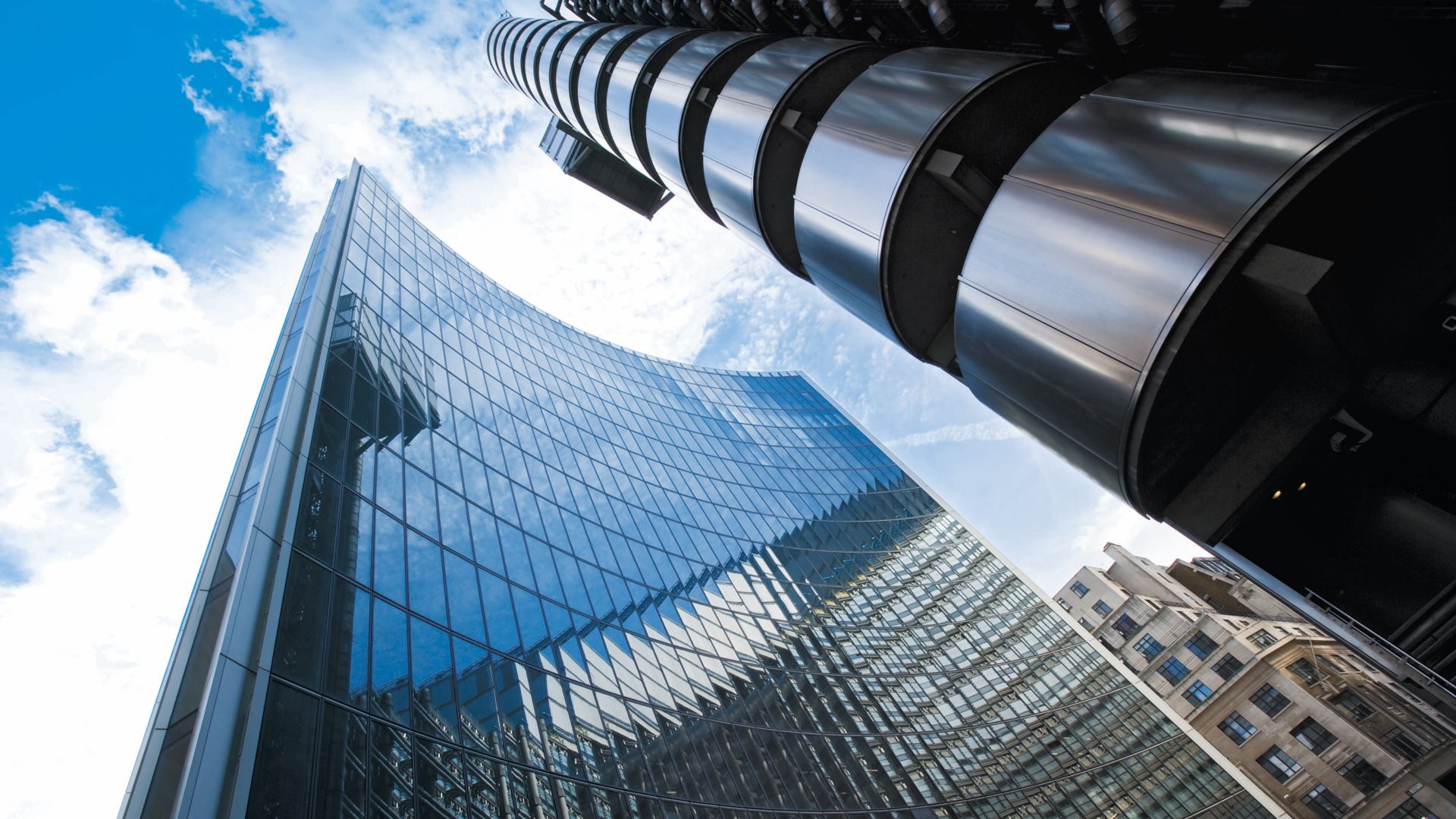SESSION OBJECTIVES:
- A basic review of industry definitions, including facade, insulated glass, and weatherseal components.
- The application of innovative materials to meet the design and efficiency requirements specified by the architectural community.
- Typical project processes in the design, testing, validation, and production of a curtain wall.
TRANSCRIPT SUMMARY:
STRUCTURAL DESIGN CONSIDERATIONS
The leading facade technology of high rises in every city is a curtain wall based on structural sealants glazing which is silicone. The ability to transmit loads from glass to the buildings framework basically expanded the architectural limitations.
Structural sealant glazing includes simple and economical systems, energy efficient facade technology, factory preassembled units, and fast on-site installation.
BASIC TENETS OF DESIGN
Basic tenets of design when it comes to silicones are the joint bite and the joint thickness of the joints themselves. The elastic bond from the glass to the frame is where the structural impact from external factors are withstood. The limits here are set internationally by ETAG and here in the states by ASTM.
The basics of the curtain wall constructions and sealants is part of a system that depends on each other. Structural silicon holds insulated glass together for the IG unit transmits loads from the building and external factors. The structural glazing is a type of bonding which bonds the IG units in the curtain wall. The weather sealant is used for its compatibility to the overall system and the ability to withstand movement of the system.
THREE KINDS OF SILICONES FOR STRUCTURAL BONDING
Structural glazing with 1-component Silicone
- Start of Structural Sealant Glazing
- On-site/repair applications
- ASTM/ ETAG approval
Strutural glazing with 2-component silicone
- Machine applied
- Factory Glass Bonding
- On-site solution with 2-part cartridges
- Standard for Structural Glazing
- ASTM/ ETAG approval
High Strength Structural Glazing Silicone
- 2-part system, Factory glass bonding
- 30% higher design strength
- ASTM/ ETAG approval
INSULATED GLASS
The advantages gained in the insulated glass system do relay and translate to the overall curtain wall system. IG units make a building more efficient because it reduces the reflection, glare and light that comes through. Argon fields or gas fields so to speak increases that efficiency. And efficiency is a demand that is on top of the list of every owner developer today.
INSULATING GLAZING
The primary seal or the PIB so to speak is what does the job of keeping the gas in an insulated unit and keeping it efficient for years. Silicone used as a secondary seal has become the standard because of its abilities and the strengths for UV and compatibility with the PIB. High Strength Silicones used for IGU gives more security and comfort when compared to standard silicones in regards to the seal.
Ultra-high modulus (HM) silicone sealant is used as secondary edge seal to prevent gas leaking through the primary seal. Three times lower argon penetration than standard silicones.
WEATHER SEALING
The weather seal acts as a bridge for structural glazing systems as part of the curtain wall system. It comes in contact with the secondary seal, as well as the frame. The weather sealant keeps uniformity between panel to panel, unit to unit, and from spandrel to IGU units. It also allows for the transfer of fluids externally.
The main impact for weather sealant on the system is the joint ratio. If miscalculated the joint ratio will be incorrect and may cause failure. It is a main consideration when designing joints in the overall system for weather seals. Additionally, the weather sealants must be compatible with the edge sealant in the system, due to it being in contact with the edge secondary seal of the IGU unit and frame. Movement for a weather sealant is also of importance in the calculation. Expected elongation is considered in the overall calculation of the buildings movement, settlements expansion and contraction caused by thermal effects.
STRUCTURAL SEALANT GLAZING- TECHNICAL SERVICE
APPLICATION OF INNOVATIVE MATERIAL
SAVINGS IN WEIGHT, ENERGY AND RESOURCES
- One single glass pane replaces heavy laminated glass unit
- No interlayer, no lamination process
- Tempering and ceramic screen print not mandatory
- No glass fittings, no bore holes
- Weathering and temperature resistant silicone adhesive
- Application for serial line production
- Flexible application for varying dimensions or shapes

